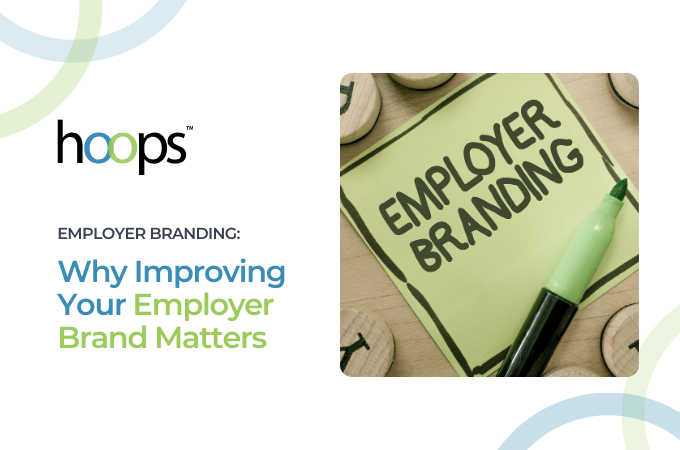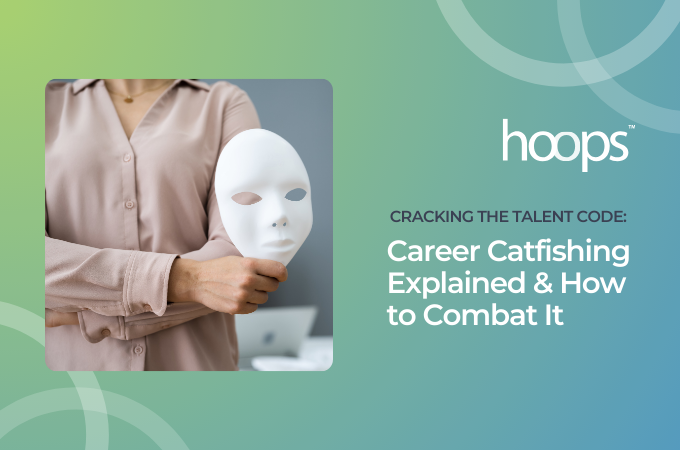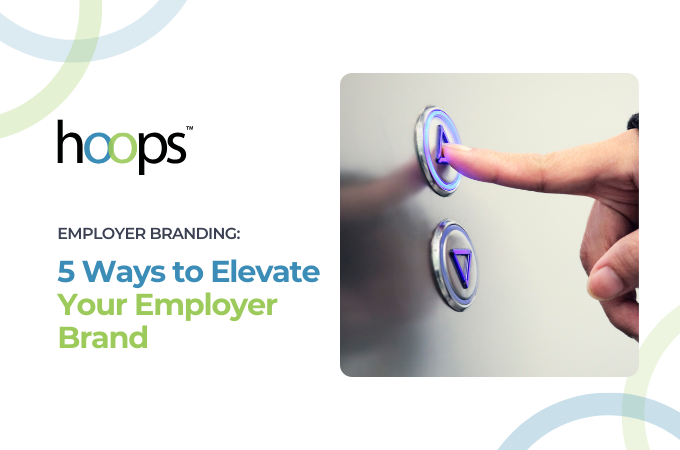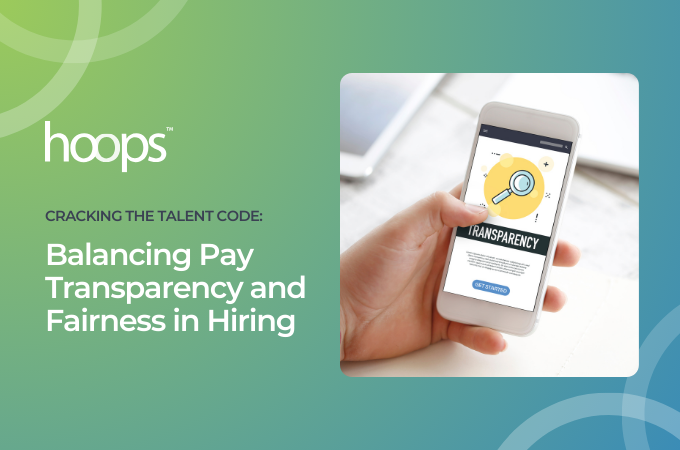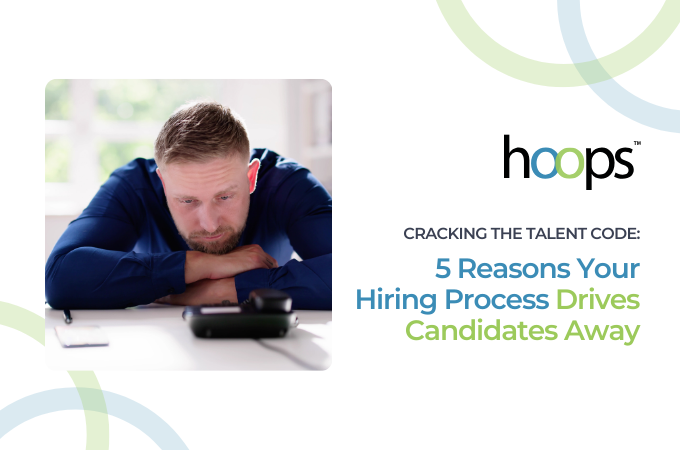Employees spend more time in their relationship with their employers than they do with family, friends, spouses, or children. Their experiences at work matter, especially at a time when retention risk is at its peak.
In its 2016 Global Workforce Study, Willis Towers Watson says that retention risk is driving companies to keep up with employees’ changing expectations. “Companies across all industries globally are developing more agile employee listening strategies that go beyond exclusive reliance on the traditional employee survey. Today, advancements in technology make possible quarterly, monthly and even daily polls along with always-on tools, exit/onboarding surveys and a range of qualitative/unstructured alternatives.” Almost half of the surveyed employers indicated that churn is on the rise and that employees want to be treated more like consumers. For these reasons, a talent management platform that is capable of monitoring experiences and providing employers with actionable insights has become a necessity.
Whether they are using a talent management platform or a rudimentary approach, employers are listening for impressions of the employee experience. This includes all interactions with and within the company, beginning in the candidate phase. It includes all experiences in the work environment, all experiences with colleagues and customers, and all of the rewards of being an employee. Companies that do a good job of connecting with and retaining employees in an employee’s market excel in creating positive experiences in all of these areas.
But which experiences matter most? There is no one-size-fits-all approach, as industry, employee demographics, and geography are just a few of the significant variables. The primary areas to address should be structured evenly around the Employee Value Proposition (EVP), which comprises four main areas according to Willis Towers Watson:
- Purpose: Company mission, vision, values, and reputation
- People: Leadership, manager/employee relationships, and peer relationships
- Work: Job content, work environment, tools, and resources to do work
- Total Rewards: Salary, bonuses, performance-based rewards and recognition
With the EVP in mind, a good start to creating a deeper employer-employee connection can begin with the following four experiences:
1. The Candidate Experience (CX)
One of the worst-rated experiences across studies is the candidate experience, from the application through hiring. At a time when there is a shortage of qualified candidates and most people are satisfied in their jobs, the CX must be world class. To deliver a superior candidate experience, focus on improving the areas that candidates have rated as the worst.
- Communication: Use email, phone, video, and text to keep viable candidates in the loop through every phase of the hiring process. Learn about each candidate’s motivating needs and speak to these needs in your communications and in the interviews. Your correspondences should be personalized to each individual and interviewers should know each individual’s motivations prior to meeting.
- Organization: Set expectations for how the process works to keep the candidate engage and invested. Candidate interest rises and falls through the process, depending on how well it meets expectations. Aim to have your candidates become more interested as the process moves toward a hire.
- Job Descriptions: Job descriptions must be thorough and accurately reflect the actual position. One of the worst experiences occurs when there is a mismatch. Also, consider adapting the job description to your chosen candidate and having a dialogue as to how and why you are modifying the description to best utilize his or her skills.
- Culture: One of the most cited reasons candidates choose a new employer is company culture. Make sure your website, landing pages, communications, glassdoor reviews, and hiring team all reflect the positive attributes of your company culture. Bring this all together so the candidate becomes excited about your organization during the application process and sustains that excitement through employment and beyond.
2. The Work Arrangement:
Digitization has changed the work arrangement expectations of many employees, especially Millennials’. Many candidates and employees now expect (or prefer employers who offer) the option to work from home, at least for a fraction of their weekly hours. The technological resources are there, from VPN access to video conferencing.
Offering location flexibility for employees also opens the door for candidates outside of the immediate vicinity, and it reduces the need for employer workspace. It is also attractive to many qualified candidates who may be willing to reduce salary expectations in exchange for this benefit. Many employers start out reluctant to make this change, believing that in-person contact is necessary. As they learn more about their employees and available candidates, many ultimately decide the pros in creating a positive work experience far outweigh the cons.
If you do offer location flexibility, your supervisors/managers must be trained in maintaining satisfying relationships with subordinates. You must also provide ample opportunities to learn new skills and get career advancement opportunities. Remote employees must feel as engaged as on-site employees.
3. The Performance Review Process
Willis Towers Watson reports that 48 percent of employees report that their performance reviews have been constructive. Just 52 percent think that their reviews were accurate reflections of their performance, and just 45 percent think there is a clear link between performance and pay. Even worse, only 46 percent believe that high performers are justly rewarded for their performance.
In order to correct for the above measures, reviewing managers must have more time to evaluate their direct reports, and must have training in coaching and feedback in order to make the process constructive. Just 35 percent of employers say their managers are effective at giving regular coaching and feedback. A majority of them have already taken action to increase the frequency and quality of performance reviews, to improve the coaching skills of reviewing managers, and to offer financial incentives for performance.
Millennials desire more regular feedback, and they want their managers to use software to keep them informed and engaged in a continuous performance review process. This is yet another advantage of a talent management platform.
4. Leadership Development Training
According to the 2016 Deloitte Millennial Survey: Winning over the next generation of leaders 63 percent of respondents say their leadership skills are not being fully developed. 71 percent are likely to leave in the next two years because of their dissatisfaction in this area. Our youngest employees may be our most ambitious. The mandate for employers is transparent career tracks, professional development opportunities, and specific leadership training. This will not only improve engagement and retention, but also attraction of the most qualified candidates.
Leadership development seminars, workshops, and mentoring facilitate communications between different levels of leadership within your company, and between people who don’t normally communicate in their roles. This isn’t just essential for retaining your best talent and promoting from within; it enhances every facet of the Employee Value Proposition (EVP) as well.
In the new talent economy, employers must compete with one another in order to attract, retain, and engage their most valuable assets – employees. Only a full commitment to delivering world class talent experiences can ensure our success.


